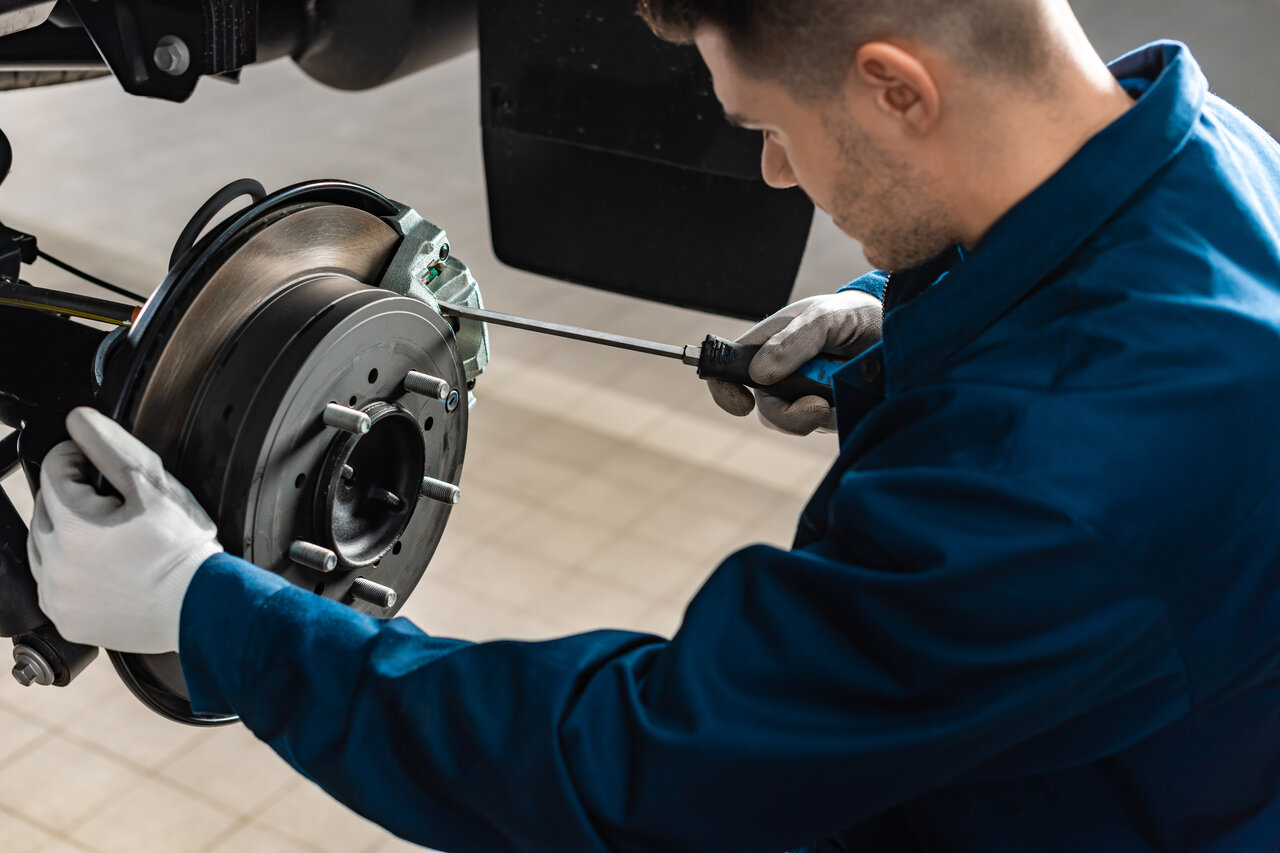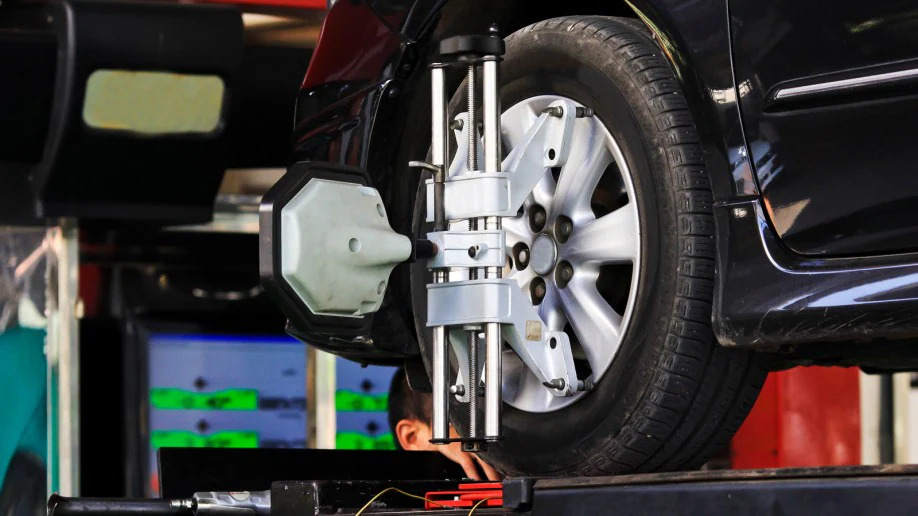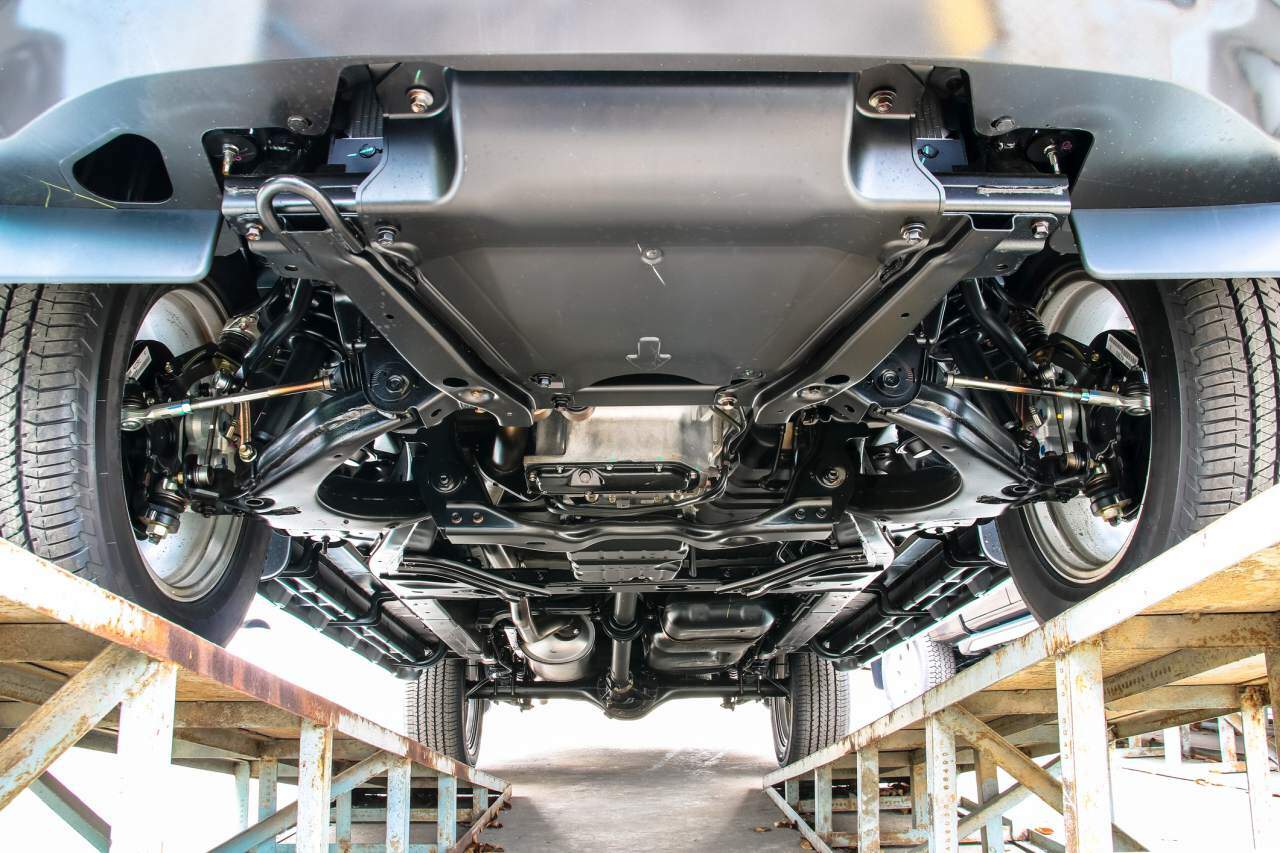
How does a car air conditioner work
Automobile air conditioning: – Automobile air conditioning has a very wide scope. An automotive air conditioner is relatively small as compared to residential air conditioners. But the design and installation of an automotive air conditioner is full of challenges. Because at the time the automobile moves at high speed with a lot of glass through high temperature creates a considerable amount of heat loads and so it requires a very efficient air conditioning system which may produce a considerable amount of cooling.
A car AC requires the same component we need for a common air conditioning system but materials are different. A compressor which is used in automobile AC is very compact in size and is operated by a belt pulley system. This pulley is attached with a compressor through an electromagnetic clutch which rotates the compressor when cooling is required and this clutch disconnects the rotation when temperature is achieved by giving free wheeling to the compressor but the compressor pulley remains in rotation. A dryer is used to keep refrigerants dry. A thermostatic expansion valve is used to control the operation of the system. Instead of copper pipes in automobile air conditioning flexible but durable black hose pipes are used with aluminum pipe ends with thread to make joints. Conditioned air is passed through ducts at the grills provided at the dash board.
The air conditioning system in a car reduces the mileage of the engine. If we keep the car air conditioner on for a long time when the engine is idle it can create problems and engine malfunction could happen. Because when we run the car the engine works with its full power as we accelerate but in idle condition it tries to oppose the power of the compressor with the same RPM that can create problems in the system.
Always use a car air conditioner at a temperature level of not below 22 degree celsius for long life of your car AC. Keep the return air button on so that temperature could be achieved easily and pressure on the compressor and engine may reduce. When you switch off the return air switch which is shown in the figure it opens the shutter provided for fresh air.
Types Of Car Air Conditioning: Understanding the Components & Functioning
Car air conditioning (AC) has become a necessity while driving in the summer. It not only provides a comfortable driving experience but also helps to maintain the temperature inside the car. The AC system is composed of various components that work together to cool the air inside the car. In this article, we will explore the different components of the car AC system and the two different types of car air conditioning systems.
Components of Car AC and Their Function
The AC system in a car is composed of various components, each of which has a specific function explained below:
Types of Car Air Conditioning System
There are two types of car air conditioning systems – the expansion valve system and the fixed orifice tube system.
The Expansion Valve System:
The expansion valve system is the most common type of car air conditioning system. It uses an expansion valve to regulate the flow of refrigerant to the evaporator. The expansion valve ensures that the refrigerant is released at a constant rate, which helps to maintain the temperature inside the car.
Advantages of the Expansion Valve System:
More efficient cooling performance
More precise temperature control
Longer lifespan of the compressor
Disadvantages of the Expansion Valve System:
More expensive than the fixed orifice tube system.
Requires more maintenance
The Fixed Orifice Tube System:
The fixed orifice tube system is a simpler type of car air conditioning system. It uses a fixed orifice tube to regulate the flow of refrigerant to the evaporator. The fixed orifice tube restricts the flow of refrigerant, which helps to maintain the temperature inside the car.
Advantages of the Fixed Orifice Tube System:
Less expensive than the expansion valve system
Requires less maintenance
Disadvantages of the Fixed Orifice Tube System:
Less efficient at cooling the car.
Less precise temperature control.
Shorter lifespan of the compressor.
Why Should You Service Your Car AC?
It is important to service your car’s AC system regularly to ensure that it functions properly to reduce the causes of AC failure. Here are some reasons why you should service your car AC on a regular basis:
Prevents (refrigerant) Freon leakage in the car.
Increases the lifespan of the AC components.
Improves the cooling efficiency of the system.
Removes unpleasant odors from the car.
Reduces the risk of costly repairs in the future.
Conclusion
Car air conditioning is an essential feature that provides comfort and relief during hot and humid weather. Understanding the components and functioning of the car AC system can help you choose the right type of AC for your car. Regular maintenance of the AC system can ensure that it functions properly and lasts longer.






comments 0